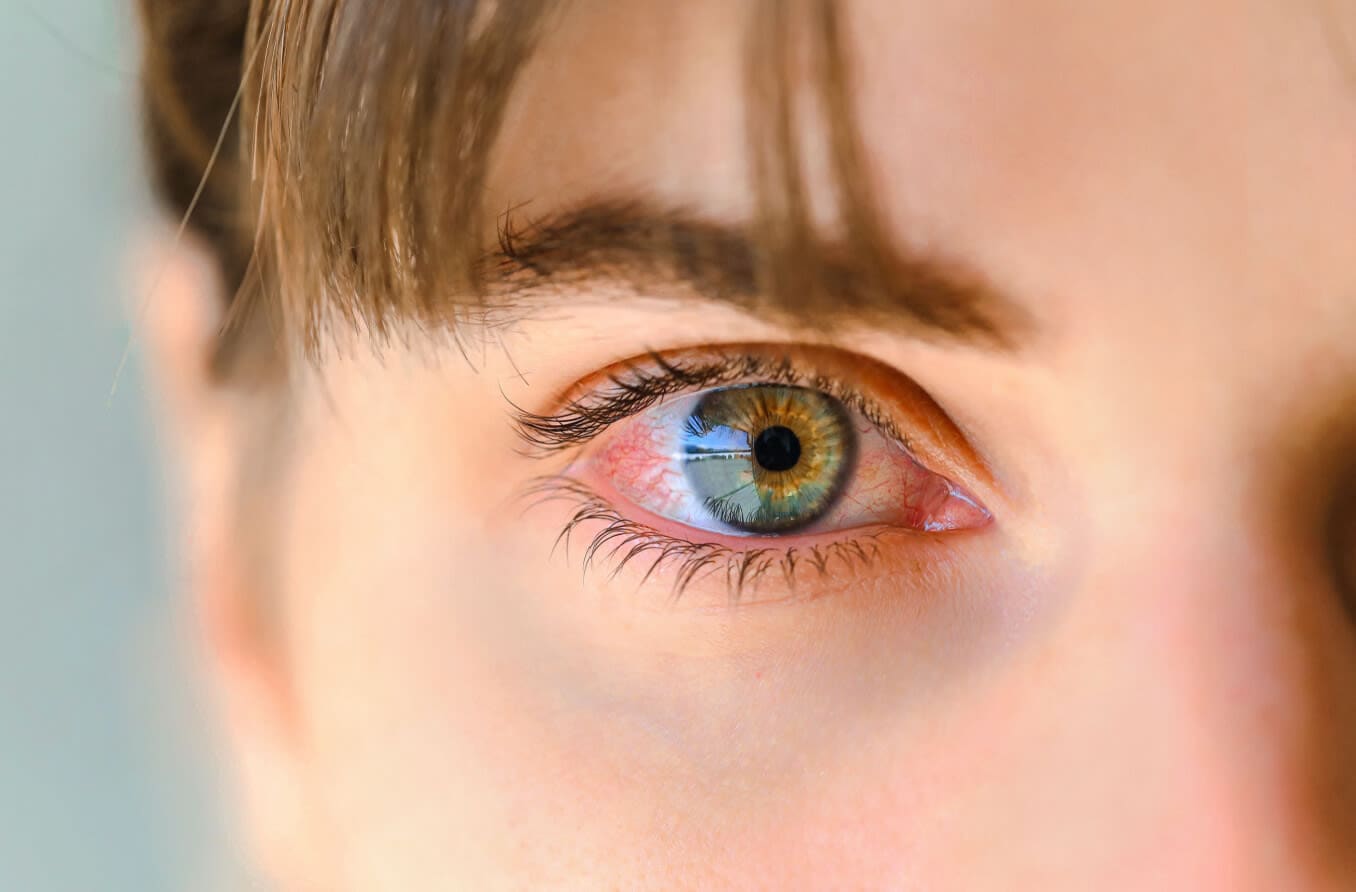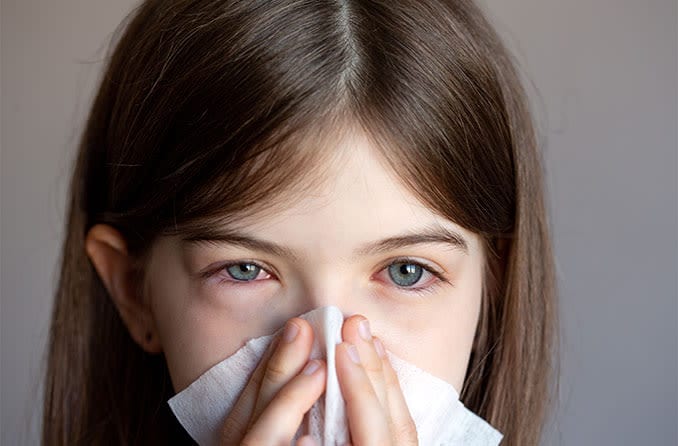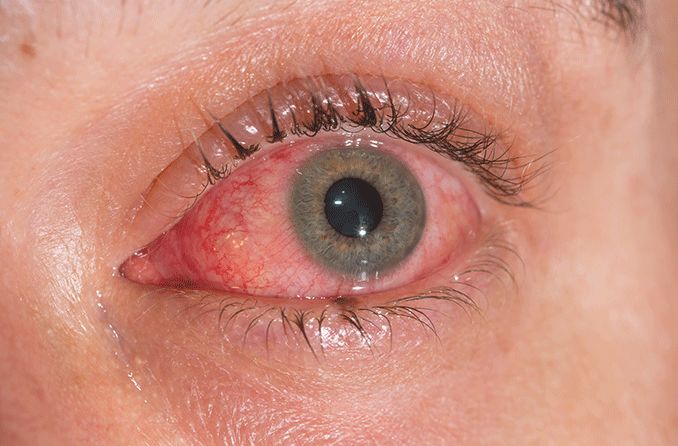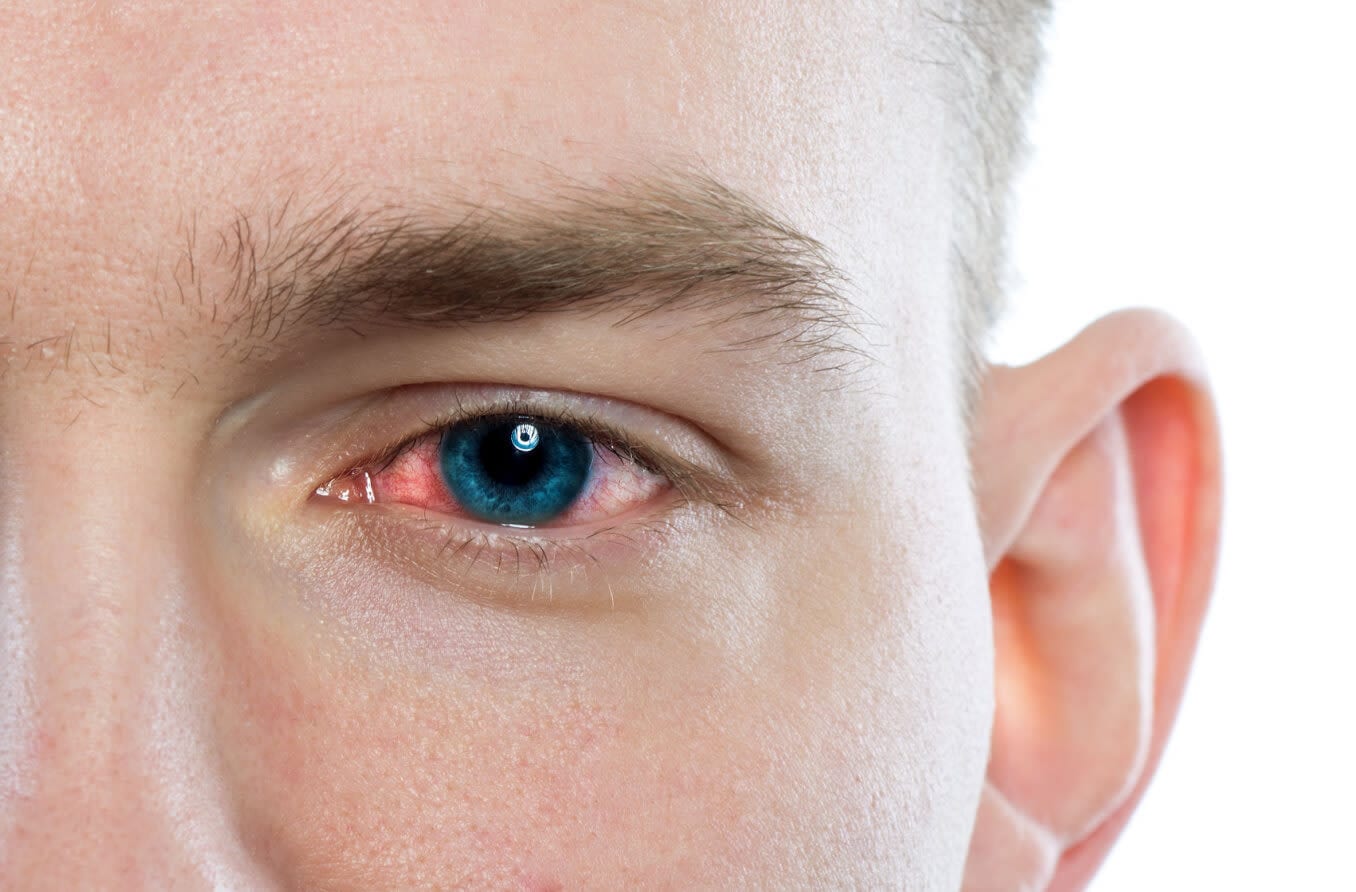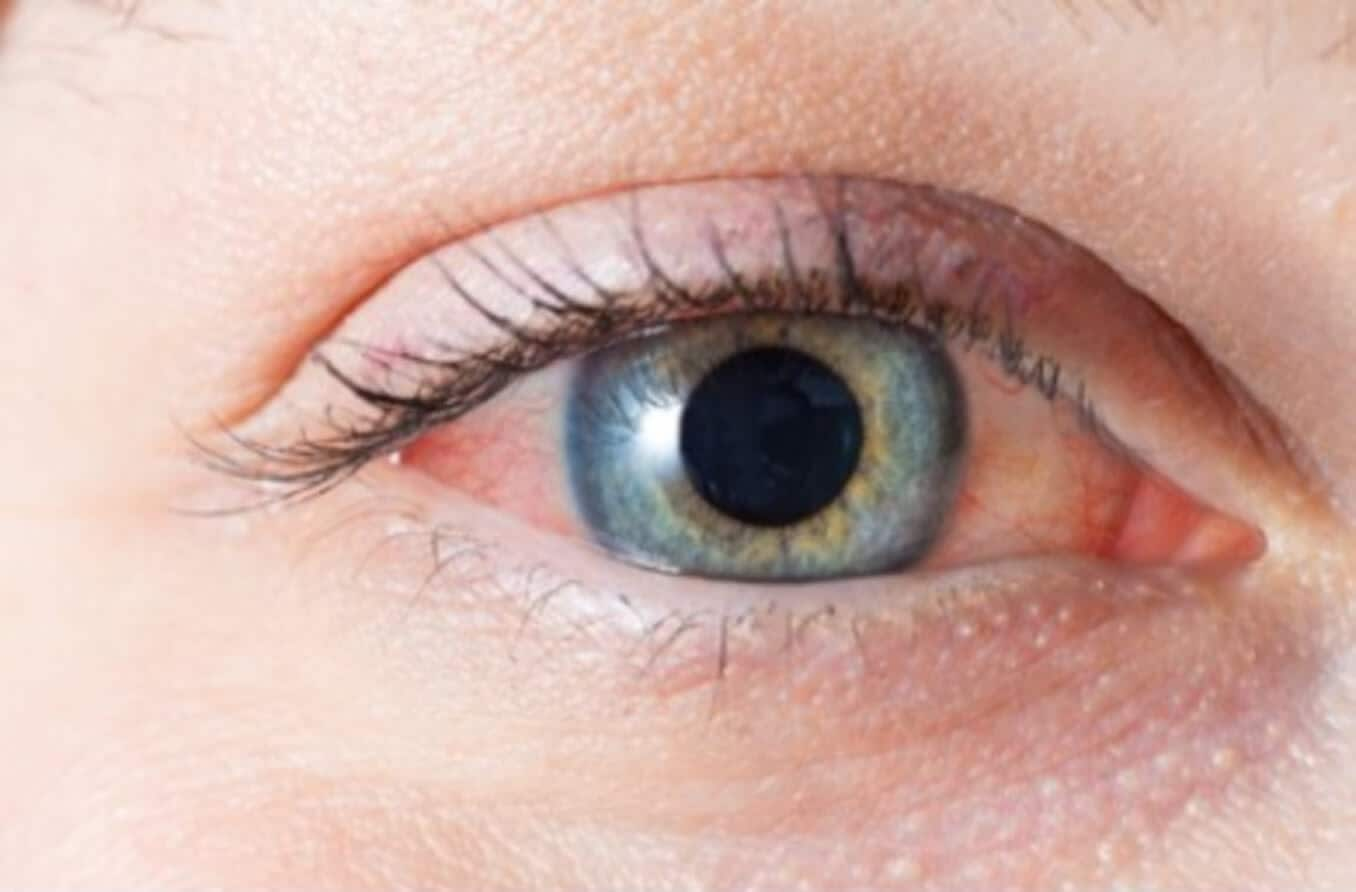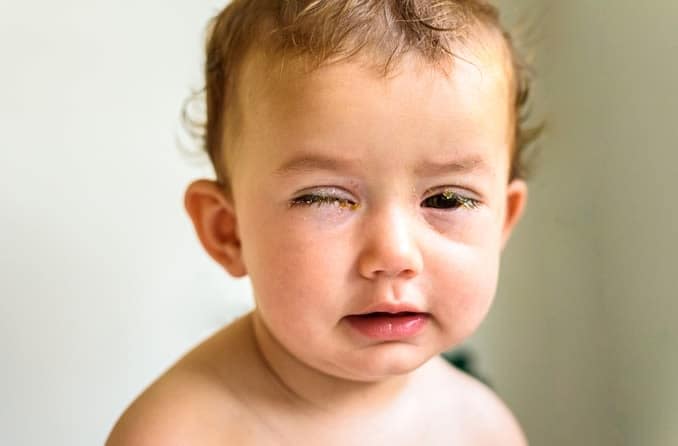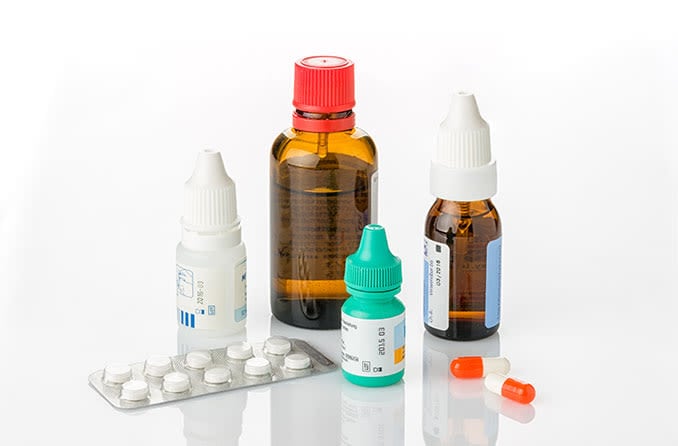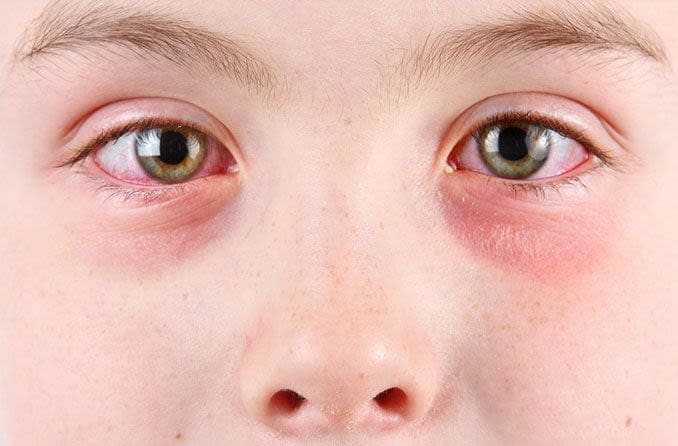Eye infections can take many forms, and two types of pink eye are caused by infections: viral and bacterial pink eye.
The medical name for pink eye is conjunctivitis. It can range from a mild annoyance that heals on its own to a more serious infection requiring a doctor's visit and prescription medicine.
The early signs and stages of the condition are slightly different for each type of conjunctivitis.
Symptoms generally appear in order, but not always. Different types of viruses and bacteria affect everyone in different ways, meaning the signs, severity and duration of pink eye can vary from person to person.
SEE RELATED: 10 ways to prevent pink eye
Stages of viral pink eye
In the early stages, you may experience cold-like symptoms such as a runny nose, sinus congestion or coughing. This doesn’t happen with all cases of pink eye though.
With or without cold symptoms, you might notice that one eye is more watery than the other. It might feel scratchy or like something is stuck in it.
Itchiness and irritation will become more noticeable as time passes.
Eventually, the white part of the affected eye(s) (the sclera) will look more and more pink or red.
If the above signs started in one eye, they can also appear in your other eye at any point. Pink eye may be contagious as long as you can see or feel symptoms.
Symptoms usually disappear within one to two weeks.
SEE RELATED: What are some pink eye remedies?
Stages of bacterial pink eye
A typical bacterial case may start like viral pink eye, with slight irritation and redness.
Then drainage in the form of pus will become noticeable. This is usually white, yellow or yellow-green in color. As it dries, it will leave a crusty film on the eyelids.
When you wake up, the affected eye(s) may be difficult to open due to dried discharge sticking to the eyelids.
At any point, these symptoms can also appear in your other eye. You will probably be contagious as long as you can see or feel symptoms.
The duration of symptoms is usually one to three weeks, but this can vary depending on the patient and bacteria responsible for the infection.
If antibiotic eye drops are used for treatment, symptoms may start to clear in as little as 24 hours.
SEE RELATED: How do I get rid of pink eye?
See an eye doctor
Though viral pink eye typically clears up on its own without treatment, you should see an eye doctor near you as soon as possible if you develop symptoms of bacterial pink eye. This form of conjunctivitis can sometimes cause corneal ulcers and other serious complications if left untreated too long.
A doctor will be able to assess your symptoms, determine your condition and prescribe any necessary pink eye treatment.
SEE RELATED: How to choose an eye doctor

